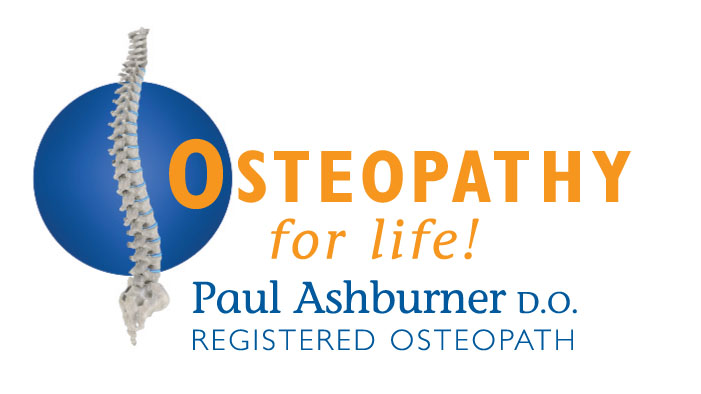
Health Articles
15 Million Drivers at Risk of Whiplash due to Bad Seating Positions
Drivers who fail to wear seatbelts correctly are at risk of injury according to the British Osteopathic Association (BOA). While most people are fully aware that wearing a seatbelt saves lives, the majority are not aware that the way they sit in a car plays a huge part in their personal safety.
The results of a survey by the BOA has found over one in ten drivers (13%) sit too far back for their seatbelt to offer effective protection in a frontal crash. To be effective, the belt should be sitting over the bones of the pelvis and not the stomach preventing internal injuries and in contact with the shoulder to prevent serious neck injury. Sitting too far from the belt can often lead to submarining – where the occupant slips under the belt which can cause catastrophic injuries.
Half (45%-15 million) of all UK drivers do not drive in a position where their head is close enough to the head restraint or they sit too far back for their seatbelt to be effective, so that in an accident, they would be at risk of sustaining a serious whiplash injury. Furthermore, only 6% of people adjust the head restraint regularly, despite the fact that most people travel in a variety of vehicles (as drivers, passengers and in taxis for example) and half of all drivers surveyed (51%) said they never adjusted their head rest at all.
Head restraints work by catching and supporting the head in the event of a rear end crash and so reduce the chance of permanent soft tissue damage. A correctly adjusted head restraint should be as close to the back of the head as possible and as high as the top of the occupant’s head, meaning head movement in relation to their body is reduced as the car and seat is punted forward when hit from behind. In addition the drivers’ seat should be at the correct distance so that a properly positioned seat belt is low across the hips and pelvis, with the shoulder belt firmly across the chest and collarbone.
Receiving a serious chest injury as a result of being hit by an airbag during an accident is also a very real possibility for one in seven drivers (14%) who admitted sitting too close to the steering wheel. Drivers with a gap of less than 12 inches between themselves and the steering wheel when driving are at risk of receiving the full force of an airbag deploying in a crash involving the front of the vehicle.
Airbags have to inflate very quickly (some at over 200 mph) in order to protect the head and chest of drivers and passengers in the event of a frontal crash. Therefore an airbag needs enough space in front of the steering wheel in order to inflate properly. People who are shorter than around 5’’ 2″ (1.57m) often sit too close to the steering wheel and may be injured by the inflating airbag. A safe distance is around 12 inches – the size of an A4 piece of paper placed lengthways.
Danny Williams, BOA Council Member, said: “While most of us are aware that seatbelts save lives, it’s fair to say that the majority of us don’t know that the way we sit in a vehicle also plays a huge part in our safety and wellbeing. “The position of the head restraint, how far or close we sit to the steering wheel and how long we spend sitting at the wheel without having a break are can cause long-lasting neck and back injuries.”
Matthew Avery, Crash Research Manager at Thatcham, said:
“Vehicle safety has moved on at a pace with numerous new technologies now available designed to help avoid or mitigate injury during a collision. Whilst many seats and head restraints perform well in protecting the occupant, this research goes to show that too many drivers are still subject to avoidable risks by not taking the time to adjust their head restraints correctly.”
New to the Practice?
To book an Initial Consultation you should call on 01773 843 033 during office hours. Our friendly reception staff will be pleased to find a convenient appointment for you.
Existing Patients:
Book your next appointment online by clicking the button below:
Book your Appointment
Conditions patients often seek our help for:
Latest News
Latest Articles
Payment Methods
We accept payments by cash, bank transfer and credit/debit cards.



